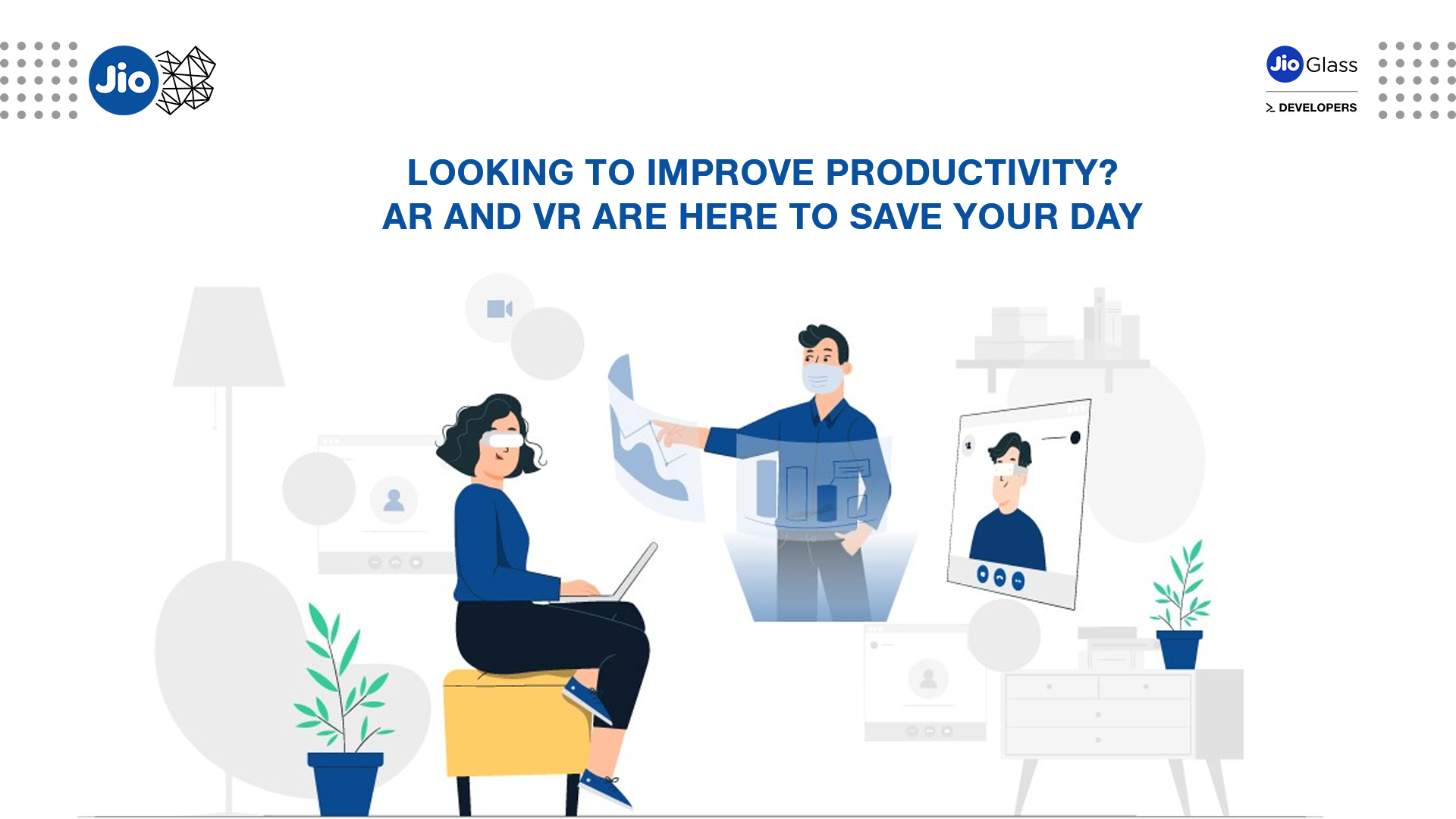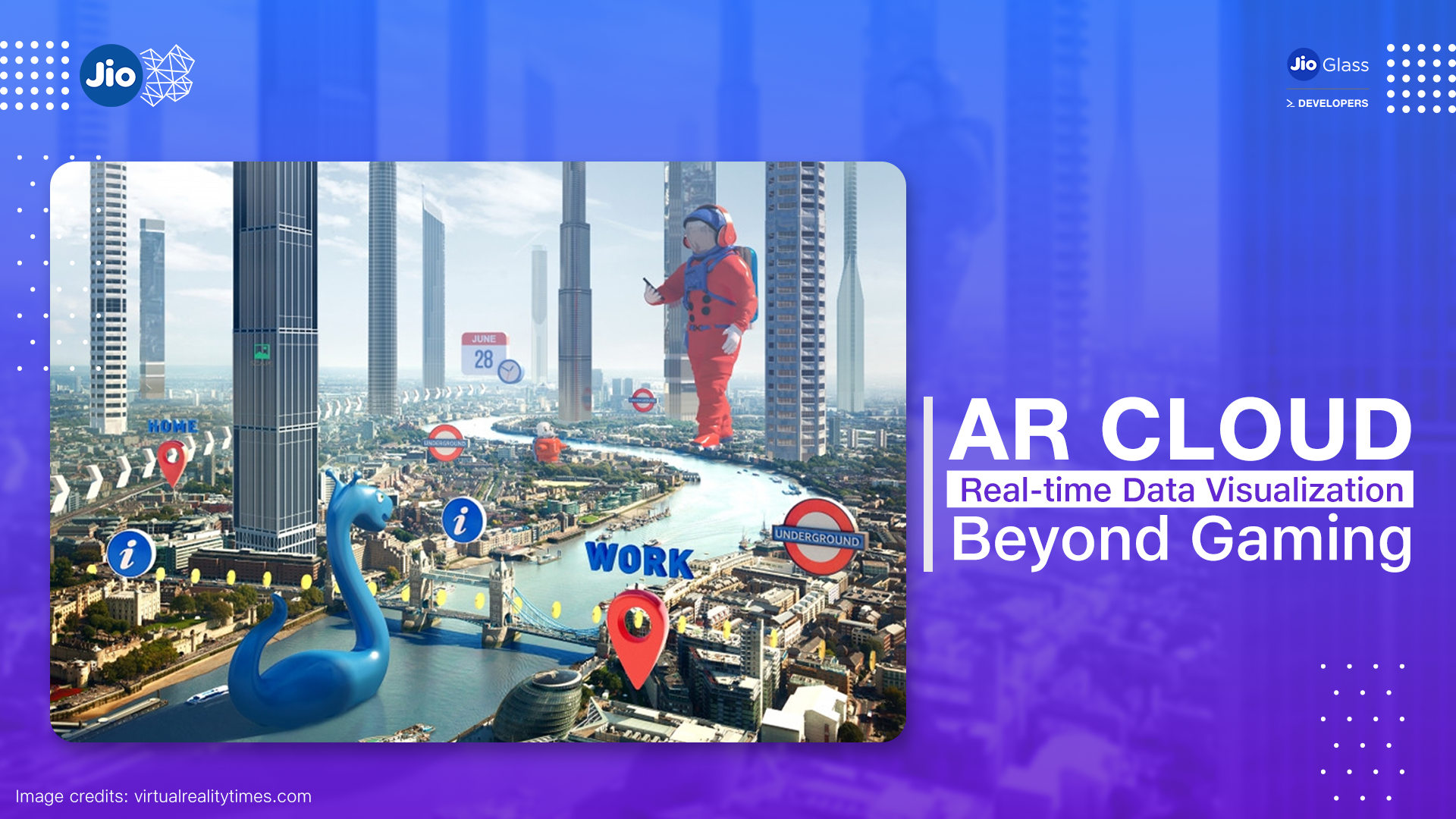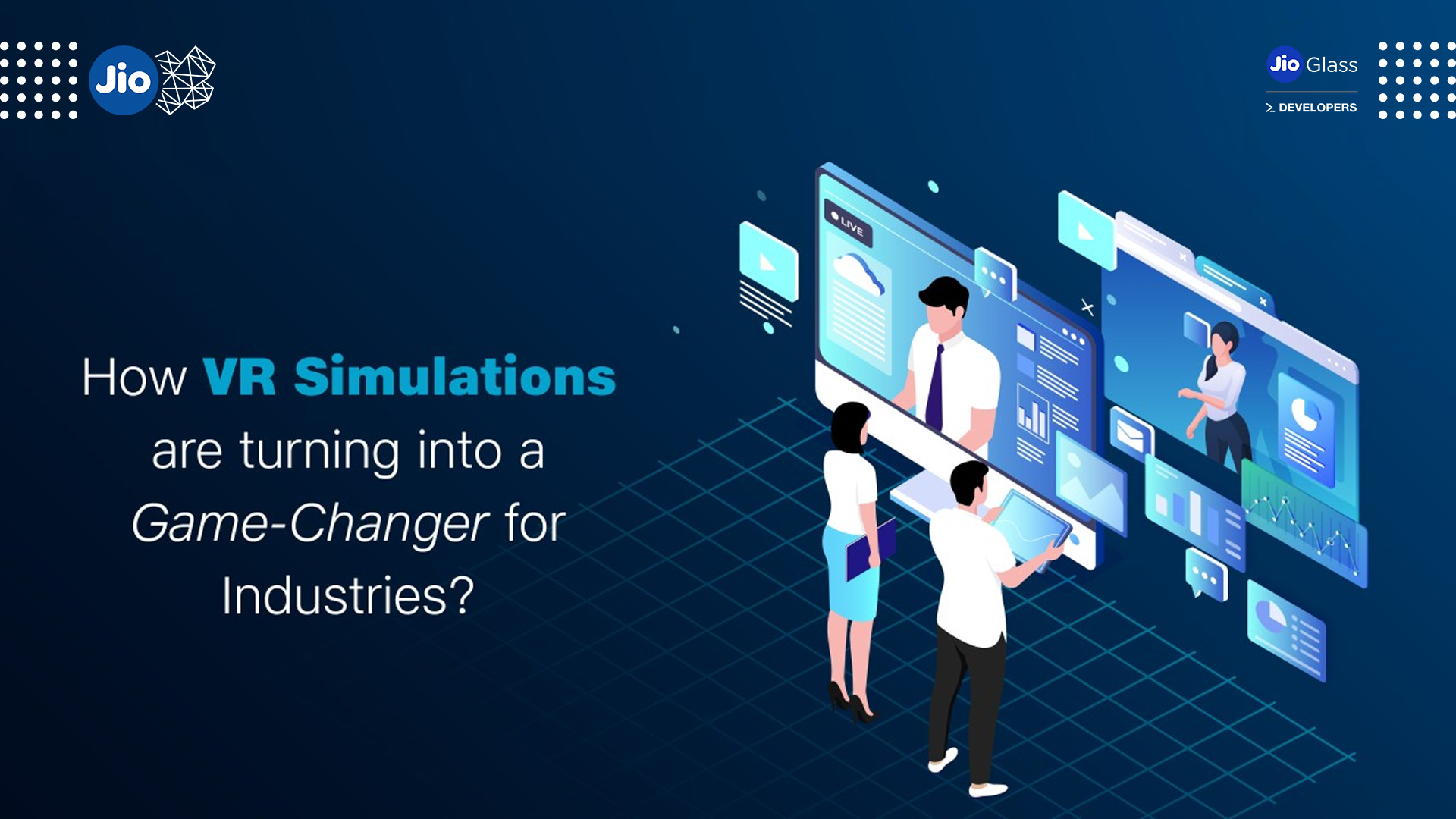Looking To Improve Productivity? AR and VR Are Here To Save Your Day

Due to the Covid-19 pandemic, countries worldwide resorted to lockdowns to reduce the number of rising cases. These lockdowns meant confining millions of citizens to their homes, shutting down businesses and ceasing almost all economic activity. According to the International Monetary Fund (IMF), the global economy shrank by over three percent in 2020 — the steepest slowdown since the Great Depression of the 1930s.
Businesses across the world are trying to figure out the best collaboration tools to improve productivity. Employees are teaming up via video-conferencing platforms such as JioMeet and chatting on Slack, Teams, and other instant-messaging applications to ensure communication flows smoothly. But there’s another, a potentially untapped way for people to work together even if they’re miles apart: virtual reality (VR) and augmented reality (AR).
AR/VR helps employees, consumers, government, and businesses make profound changes to the way they work. There have been improvements in productivity, work satisfaction, and work-life balance for those who have started using immersive technology in their daily communication.
This shift from standard to innovative working styles has brought two significant changes in the XR industry. One is how the technology is helping different stakeholders cope with the pandemic. And with the increase in AR/VR use-cases, the business and VC community see the value this industry can bring to both consumers and investment companies. This creates an opportunity for telepresence solutions that can be deployed across industries.
A recent survey found that 73% of people in the UK find flexible working to be the new normal. With the expansion of the remote workforce, integrating virtual training and digital collaboration has become a top priority for business leaders. AR and VR are critical tools to empower and connect this emerging workforce.
AR allows employees to share the same virtual space from various locations, thereby making workers feel more socially and emotionally connected in training, which is reported to boost motivation.
On the other hand, VR is more memorable than live training, as it enhances employee retention. According to STRIVR, a company that creates VR learning experiences, VR helps retain 75% of the content modules while methods like presentations have only a 10% retention rate.
Immersive technology can offer 3D displays to train employees to visualize real work experience and eliminate potential risks.
Will self-imposed isolation due to the threat of COVID-19 change the fortunes of VR and AR? It is easy to see the current crisis as the necessary spark for innovative technologies that allow people to collaborate deeply. Jio, one of the world’s leading telecom companies’ is coming out with JioGlass this year to revolutionize the Indian mixed reality market. The 3DoF AR JioGlass will enable surgeons, industrial workers, and consumers to collaborate over long distances.
To make AR and VR mainstream, developers play a crucial role in building meaningful applications that will allow the technology to reach consumers and businesses faster. While Jio has the playground, developers have the skills, creativity, and talent to build applications to bring about deeper connections between individuals and businesses alike.
Do you have the talent to build transformative AR and VR applications that will stand the test of COVID-19? We’ll ensure you get the platform to bring about significant changes in consumers’ lives through mixed reality.
Sign up for the #JioGlass Developers Program Here! 👉 Click Here

